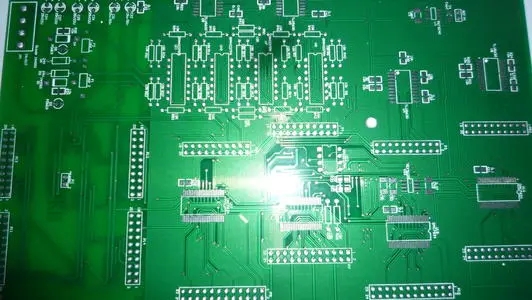Schematic design is not only about "tracing" the circuit in, but also has many other requirements. Schematic design tools should be able to take these requirements to the next step, supporting automatic routing, functional simulation, and so on.

In order to find a more efficient design path, solve the time pressure of product launch, and quickly bring the product to the market, automatic wiring and concurrent design technology came into being.
"If you can make good use of the automatic routing technology, you can reduce the drawing time and more than double the design efficiency of the PCB board." Chen Lanbing introduced. However, if you want to realize automatic routing, you must use the electrified rule manager to pass the design requirements of the system design engineer and the hardware design engineer to the PCB engineer.
For early simpler systems, the usual practice is for hardware engineers to write down the design requirements one by one and tell the PCB design engineer how to do it. But for complex systems, faced with thousands of connections and countless requirements, hardware engineers cannot record these rules one by one, and PCB design engineers cannot check and implement them one by one. At this time, an electrified rule manager is needed to manage various design requirements. Hardware engineers and PCB design engineers can work together on the basis of the same rule manager. Cadence’s rule manager Constrain Management (CM for short) has been seamlessly integrated into its schematic design tools and PCB design tools. After the schematic design is completed, the hardware engineer’s design requirements (electrical performance, DFT, DFM rules) Etc.) will be automatically taken to the next link by CM, and the system will automatically route according to these rules. Therefore, automatic routing is an automatic routing based on constraint rules, but at the same time, there must be a router that can understand and complete these constraint rules. Cadence's Specctra can make the two well unified.
Regarding the automatic wiring technology, Chen Lanbing suggested, "If a company has not mastered the technology well and the signal integrity problem cannot be solved well, it is recommended not to use automatic wiring. Because if you cannot define good rules, it will not be able to drive automatic wiring correctly." No matter how developed the tools are, the computer cannot completely replace the human brain behavior, so there is no 100% automatic wiring. The automatic routing we mentioned earlier is actually an interactive automatic routing that requires human participation: some rules before automatic routing need to be further determined manually; after the automatic routing is completed, it needs to be verified and modified by an engineer.
For traditional, relatively low-speed system design, many engineers may have such experience, using Cadence's OrCAD to draw schematics, and then use Mentor's PowerPCB for layout. But Chen Lanbing believes that this method is no longer suitable in the field of high-speed PCB design. "Data cannot be fully converted between tools of different manufacturers. For example, the traditional method of reading netlists cannot bring some electrical properties and requirements in the schematic diagram to the PCB design, so it is not suitable for high-speed design."
In addition to automatic wiring, parallel design is also an effective way to improve design efficiency for large systems. Concurrent design is collaborative design, which means that a circuit board is divided into several parts, and several people design at the same time. According to Yulif, the current Mentor Graphics tools can already be used in parallel design. If you save the design on one machine, the other machine can see it immediately, and the lines on both sides can be automatically connected together. Can alleviate the task of integration between different designs. Yulif said: "By the end of this year, Mentor Graphics' fully dynamic parallel design tool extremePCB will be available to the market. At that time, engineers will be able to perform fully real-time parallel design just like playing CS on a network. Being seen by the other party in real time can facilitate the cooperation between engineers in different places.” For concurrent design, Chen Lanbing believes that it requires not only good design tools, but also good design methods. He suggested that parallel design should not be divided too finely or too broadly. Two or three people are more reasonable, otherwise the ideas are too scattered and it is not conducive to the design. It is reported that Cadence's parallel design tools will also be launched in the next version.